With the goal of shifting agricultural production from quantity to quality, increasing added value and sustainability; improving competitiveness, meeting food safety and hygiene requirements and boosting exports, the province has developed many concentrated fruit and vegetable production areas, bringing high and sustainable economic efficiency.
Implementing the Government's agricultural restructuring policy, the province directed localities to focus on promoting land consolidation and field exchange (DTDR), land accumulation, converting inefficient rice-growing land to growing vegetables and fruits with higher economic efficiency; forming large-scale concentrated vegetable and fruit production areas, bringing high productivity, quality and added value.
Typical examples include the 130-hectare safe vegetable production project implemented in 16 communes, attracting 9,000 farmer households to participate with an output of 25,000 tons/year; a model of applying biotechnology in breeding, preserving medicinal plants and producing valuable pharmaceutical substances and secondary products.
Or the pilot implementation of 18 models of growing vegetables and flowers in greenhouses using high technology, 8 safe vegetable production areas under the QSEAP project, with a scale of 220 hectares in 8 communes and towns; supporting the application of good agricultural practices (VietGAP) at 28 vegetable and fruit production and processing facilities.
Many large-scale concentrated vegetable and fruit production models have linked production and product consumption, applied science and technology to production in the province, bringing high economic efficiency, improving the competitiveness of agricultural products in the market such as: Red-fleshed dragon fruit in Lap Thach district; clean vegetables, cucumbers in Tam Duong, Tam Dao districts, Phuc Yen city; pink bananas, spices, safe vegetables, pumpkin growing areas according to VietGAP standards in Yen Lac district; grapefruit in Vinh Tuong district; custard apple, yellow flower tea, Morinda officinalis, chayote in Tam Dao district...
Growing black grapes intercropped with pennywort on a 3-hectare scale by Ms. Nguyen Thi Huong, Ho Son commune (Tam Dao) brings in revenue of 300 - 500 million VND.
Director of Vinh Phuc Safe Vegetable Cooperative, Kim Long town (Tam Duong) Kieu Thi Hue said: Currently, the cooperative has built a concentrated organic vegetable production area of more than 5 hectares with vegetables such as squash, chayote, tomatoes and linked with local people about 20 hectares to produce safe vegetables... Vegetables produced in the organic direction of the cooperative have a cost 20 - 30% higher than traditional ones, but are still trusted by consumers and there is not enough stock to sell.
The planning of Vinh Phuc province for the period 2021-2030 with a vision to 2050 has just been approved by the Prime Minister, determining agricultural development towards concentrated commodity production applying high technology, safety, and organicity according to a circular value chain associated with the construction of modern, civilized, and sustainable new rural areas.
Focus on developing large, high-quality specialized commodity growing areas; building brands for regional and local agricultural products. Promote digital transformation, apply digital platforms and digital data in agricultural and rural development. In particular, prioritize the development of concentrated production areas associated with products with advantages in terms of geographical conditions and consumer markets; organize production according to linked chains, products meeting VietGAP and organic standards, etc.
Engineer Nguyen Viet Xuan, Deputy Head of the Department of Agriculture and Rural Development of the province, said: Based on the actual effectiveness of concentrated vegetable and fruit production areas in the province in recent years, the orientation for developing concentrated vegetable and fruit areas in the new period, the province prioritizes the development of specialized vegetable production areas in the districts of Vinh Tuong, Yen Lac, Tam Duong, Tam Dao, Lap Thach and Song Lo with some main crops such as chayote about 240 - 255 hectares, pumpkin about 1,000 hectares, tomatoes about 300 hectares....
At the same time, promote the development of growing area codes, apply digital technology in production, preliminary processing, processing, and product consumption. Perennial growing areas develop fruit trees in Lap Thach, Song Lo, Vinh Tuong, Yen Lac districts with some main crops such as pink bananas about 1,150-1,200 hectares, red dragon fruit about 1,120 hectares...
Medicinal herb growing areas are mainly developed in Phuc Yen city (about 60 ha) and Song Lo district (35 ha), Tam Dao (about 30 ha), Lap Thach (20 ha) with some main medicinal plants such as yellow tea flower, Morinda officinalis, cardamom, purple velvet antler...
Accordingly, the province directed the agricultural sector and localities to increase the application of science and technology; use high-yield and high-quality plant and animal varieties; use advanced, modern and sustainable farming and breeding processes; reduce the use of chemical fertilizers and pesticides, and increase the use of organic fertilizers and biological and herbal pesticides.
Developing smart agriculture, international integration, adapting to climate change, increasing added value and sustainable development associated with building prosperous and civilized new rural areas.
Article and photos: Xuan Nguyen
Source: https://baovinhphuc.com.vn/tin-tuc/articleType/ArticleView/articleId/125565//Day-manh-phat-trien-vung-rau-qua-hang-hoa-tap-trung


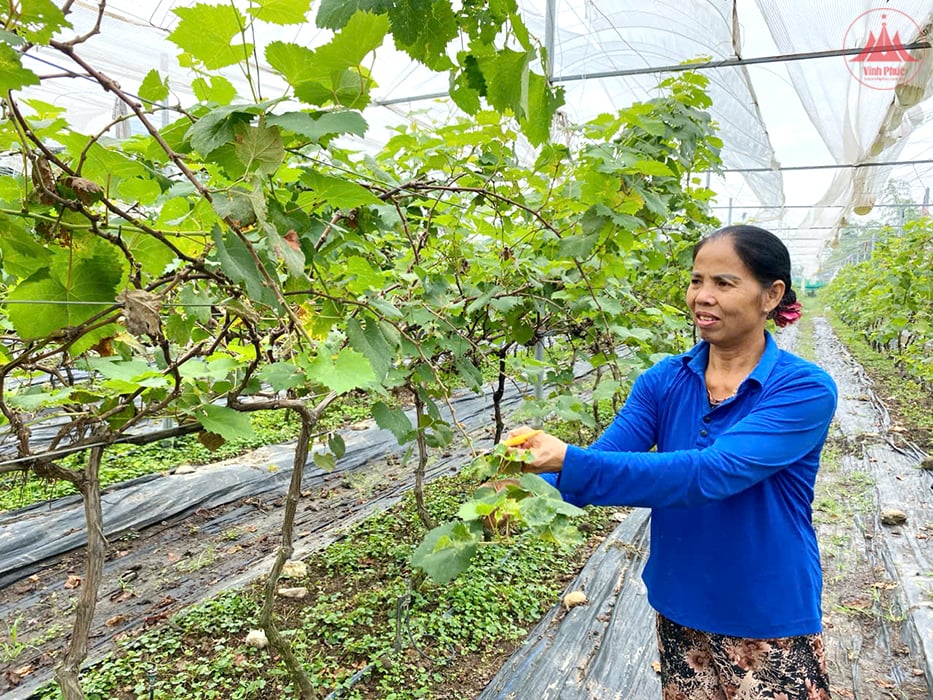
![[Photo] Overcoming all difficulties, speeding up construction progress of Hoa Binh Hydropower Plant Expansion Project](https://vstatic.vietnam.vn/vietnam/resource/IMAGE/2025/4/12/bff04b551e98484c84d74c8faa3526e0)

![[Photo] Closing of the 11th Conference of the 13th Central Committee of the Communist Party of Vietnam](https://vstatic.vietnam.vn/vietnam/resource/IMAGE/2025/4/12/114b57fe6e9b4814a5ddfacf6dfe5b7f)



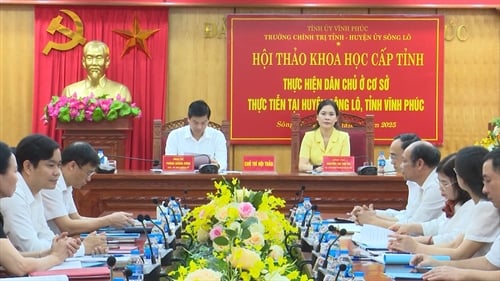
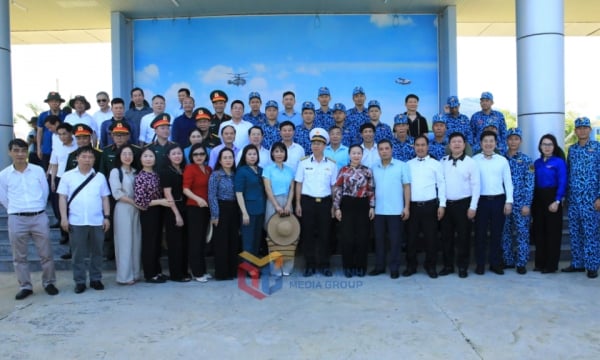
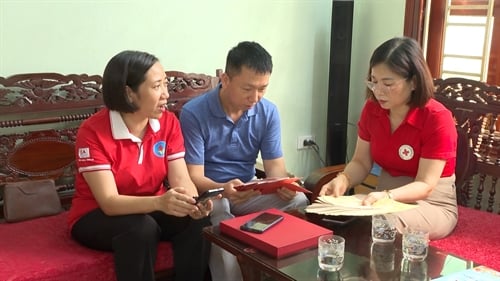

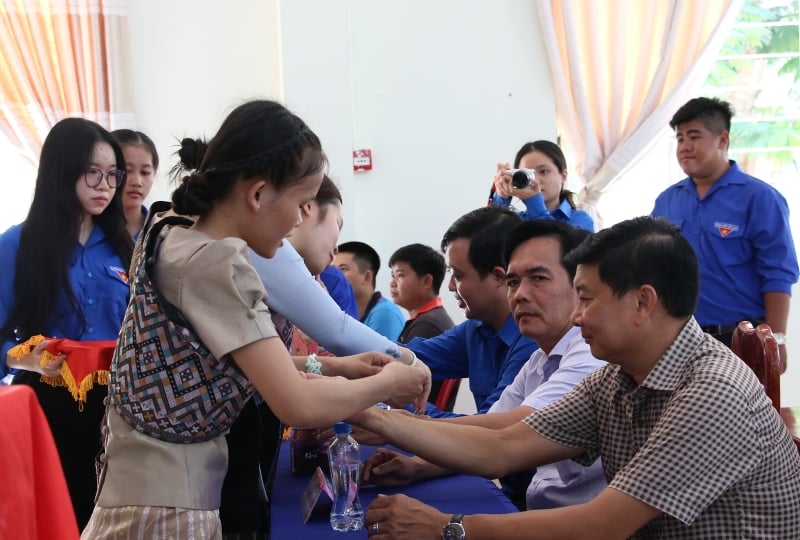
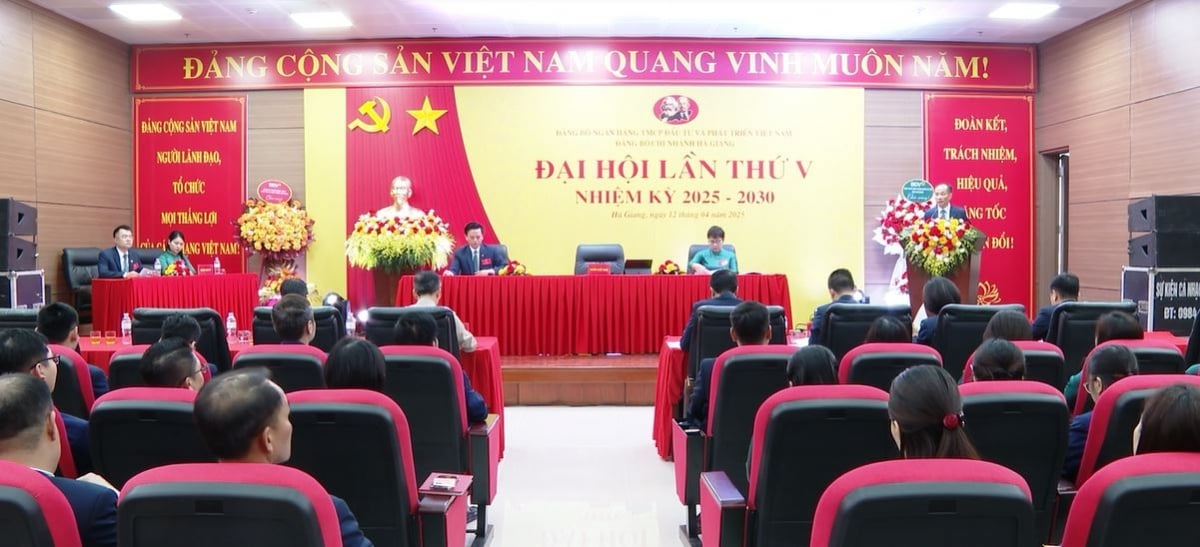



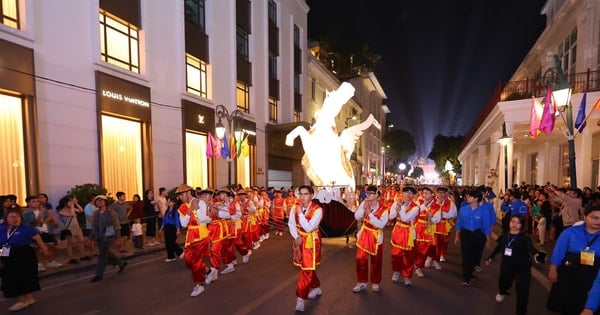

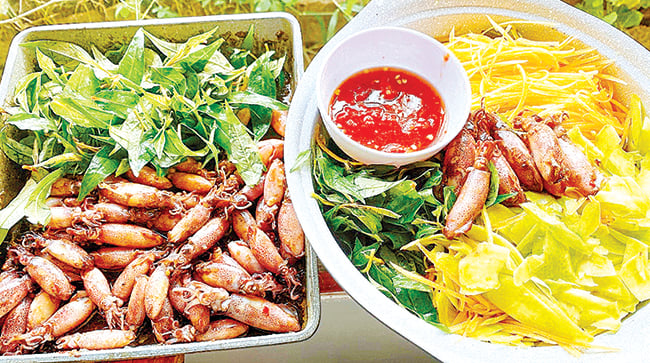
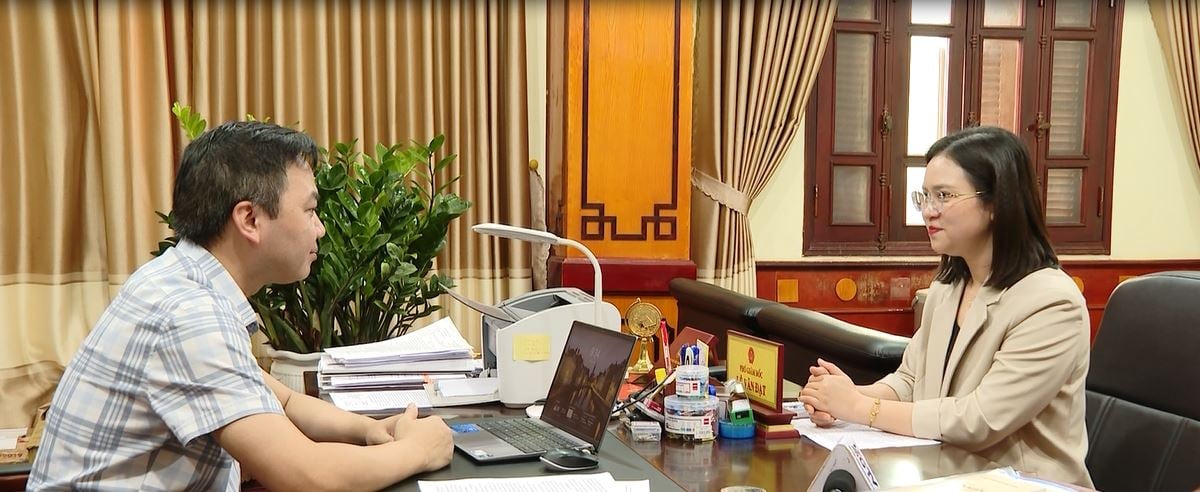

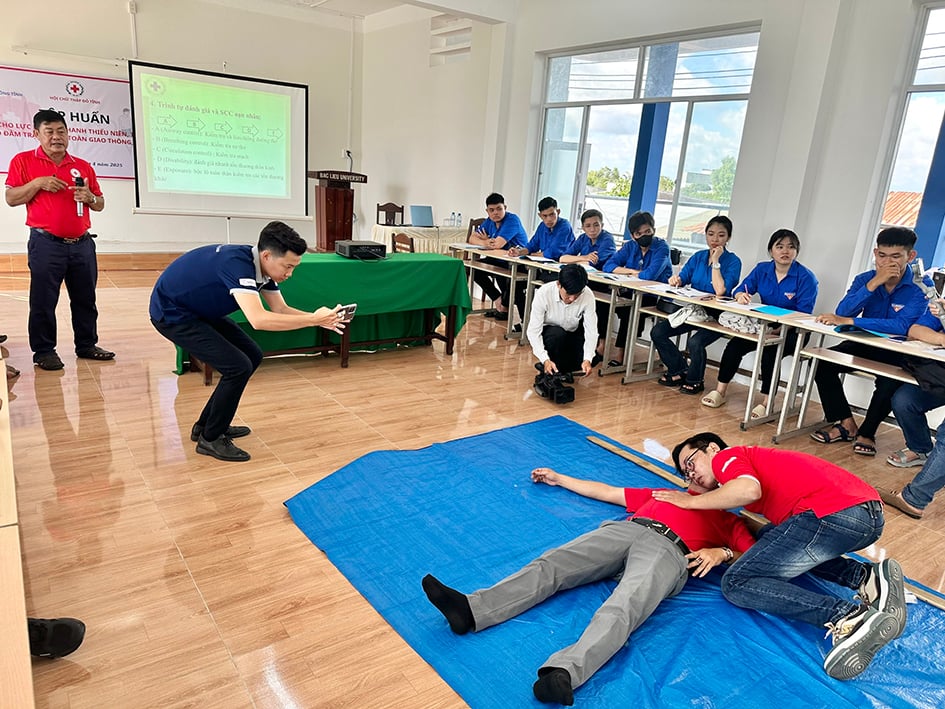















































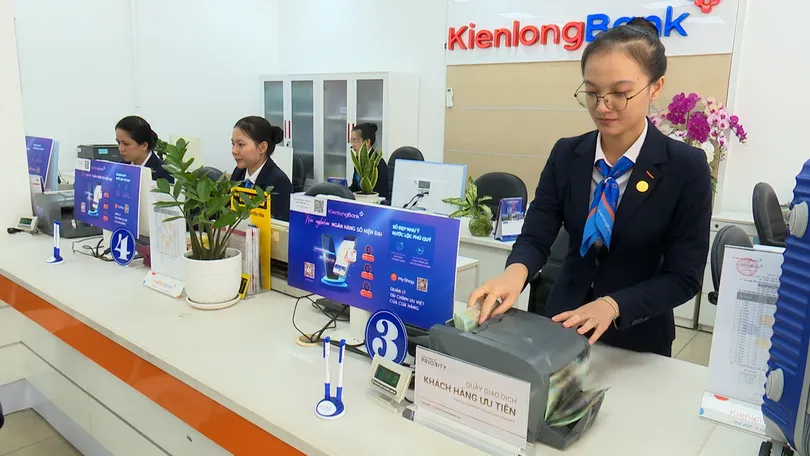
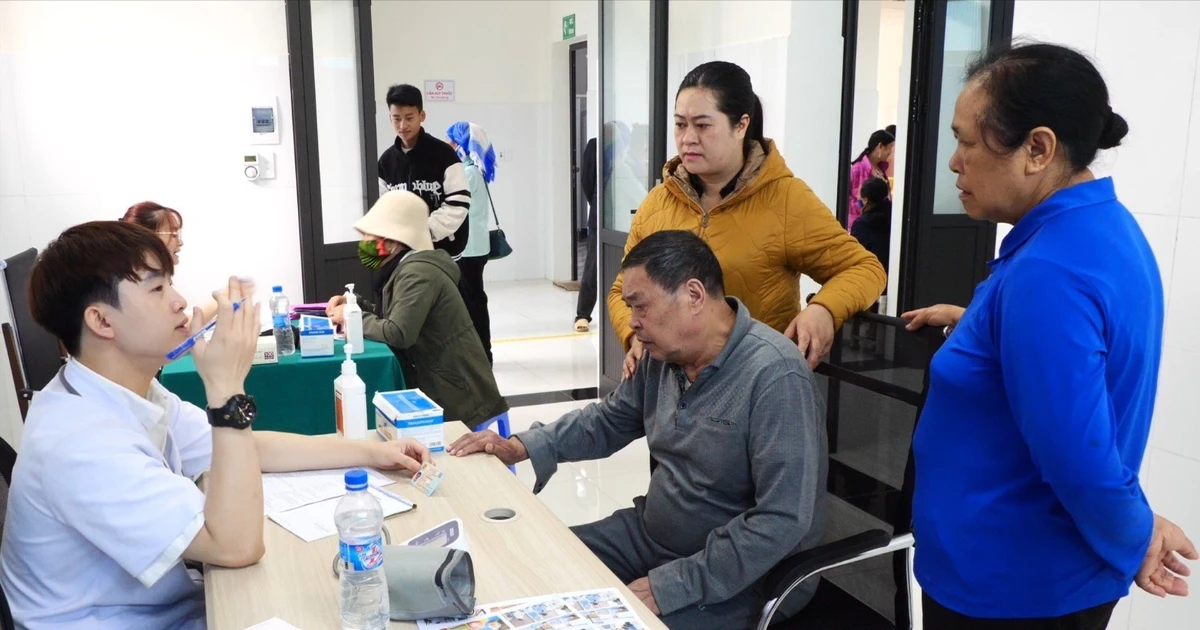














Comment (0)